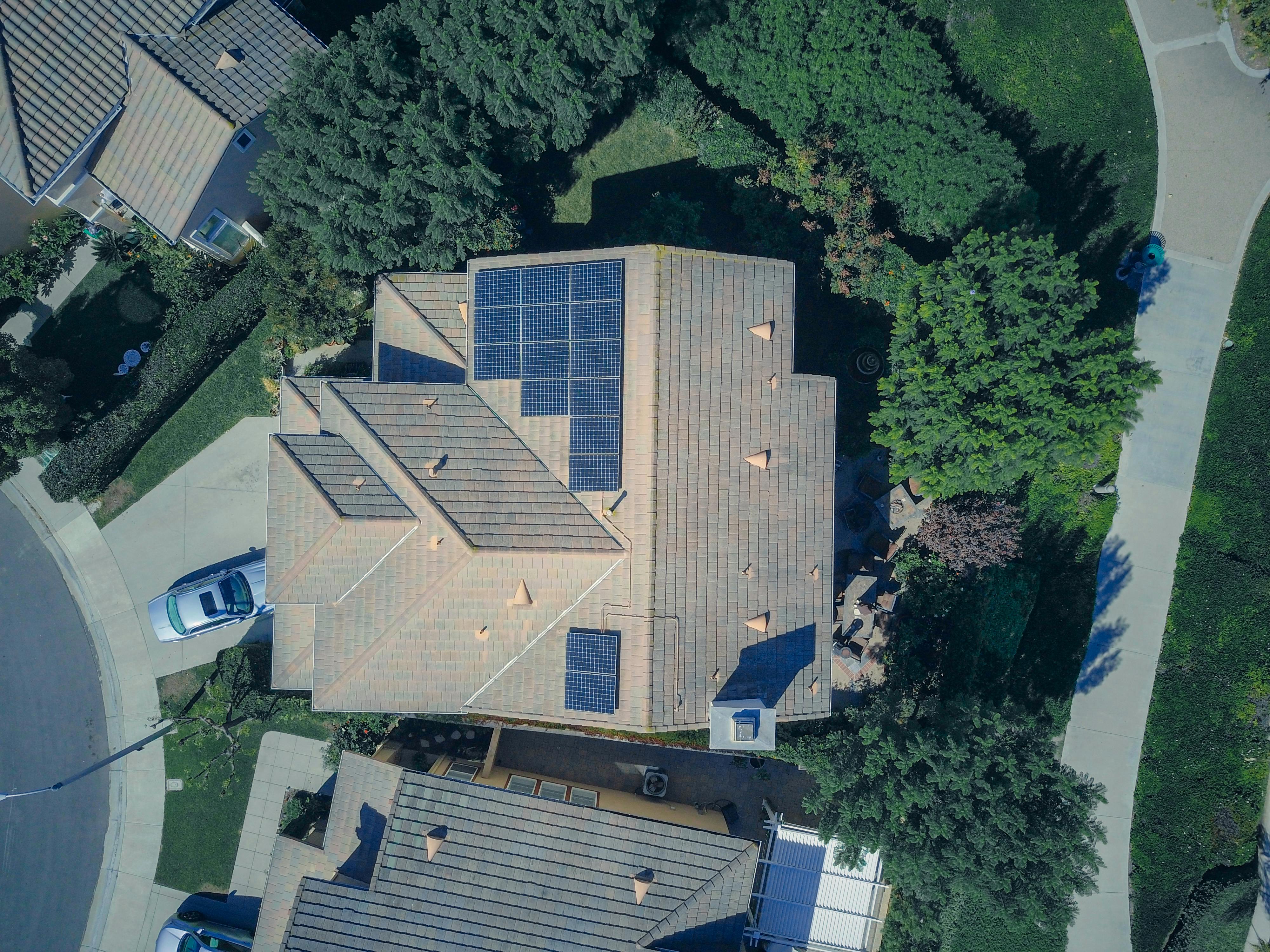Complete ChargePoint Home Flex Installation Guide
Installing a home EV charger is a smart move for any electric vehicle owner. With the rise of EV adoption, understanding how to install a ChargePoint Home Flex properly can make a huge difference in charging convenience and efficiency. This comprehensive guide will walk you through every detail of installation, setup, maintenance, and advanced use of the ChargePoint Home Flex system.

Understanding the Fundamentals
The ChargePoint Home Flex is a Level 2 EV charger capable of delivering up to 50 amps of power. Unlike Level 1 chargers, which are slow and inefficient, the Home Flex allows for faster, more flexible charging at home. Understanding its design, compatibility, and power requirements is essential before starting the installation.
ChargePoint has been a leader in the EV charging industry for years, continuously evolving its products to meet increasing demand. The Home Flex reflects this evolution, offering adjustable power settings, Wi-Fi connectivity, and smart features that integrate with home energy systems.
1.1 Electrical Compatibility and Power Needs
The ChargePoint Home Flex supports 16 to 50 amps, depending on your electrical circuit and setup. Most homes with a 240V circuit can support at least 32 amps, making the installation feasible without a full panel upgrade.
Real-world applications include overnight full charges for long-range EVs and flexible charging schedules for energy savings. A common misconception is that higher amperage always means faster charging — in reality, it’s also dependent on your EV’s onboard charger.
1.2 Safety and Compliance Standards
Installation must follow NEC (National Electrical Code) guidelines and often requires permits and inspections. Compared to DIY options, professional installation offers reliability and meets all compliance standards.
Homes in older neighborhoods may need panel upgrades or dedicated circuits. Electricians can evaluate existing infrastructure to recommend the safest and most efficient path forward.
Practical Implementation Guide
Now that you understand the basics, it’s time to focus on applying them. This guide breaks down the steps needed for a successful installation of the ChargePoint Home Flex. You’ll know what tools to use, how long the process takes, and how to troubleshoot issues along the way.

2.1 Actionable Steps
- Site Assessment: Choose a location close to your electrical panel and within reach of your EV. Consider garage walls or exterior walls with weatherproof enclosures.
- Hire a Licensed Electrician: You’ll need a 240V circuit and a dedicated breaker. The electrician can install conduit, wiring, and mounting brackets as needed.
- Install the Charger: Mount the ChargePoint Home Flex on the wall, connect wiring per instructions, and secure all terminals. Confirm voltage and amperage match your settings.
2.2 Overcoming Challenges
Here are some common problems and their solutions:
- Limited panel capacity: Consider a subpanel or smart load balancer.
- Wi-Fi connectivity issues: Position your router closer or use an extender.
- Permit delays: Check local codes in advance and submit paperwork early.
- Incorrect amperage setting: Use the ChargePoint app to adjust post-installation.
Experts recommend scheduling your install during weekday hours to ensure utility access if needed and planning for about 3-6 hours for a full install.
Advanced Applications
Once your ChargePoint Home Flex is operational, you can explore advanced uses. These include smart scheduling, solar integration, and EV fleet charging management. Knowing when to upgrade your use depends on your lifestyle and energy goals.

3.1 Smart Charging Schedules
The ChargePoint app allows users to schedule charging sessions during off-peak hours. This helps save on energy costs and balances grid demand. Case studies show users can save up to 25% annually by shifting charging times.
3.2 Integration with Solar and Energy Systems
ChargePoint Home Flex is compatible with smart home systems, solar inverters, and battery storage. This means your EV can charge with renewable energy, reducing your carbon footprint.
Compatibility considerations include checking that your inverter supports dynamic load management and that your utility plan supports net metering.
Future Outlook
The EV industry is evolving rapidly. In the next 3-5 years, we can expect faster charging, broader vehicle compatibility, and more intelligent energy management features integrated into home EVSE systems like the ChargePoint Home Flex.
To stay ahead, homeowners should monitor updates to firmware, smart grid incentives, and expanding rebate programs for EV charger installation. This preparation ensures continued value and optimal use of your equipment.
Conclusion
Here are the three key takeaways:
- ChargePoint Home Flex offers flexible, efficient, and smart EV charging at home.
- Installation involves understanding your home’s power needs and following safety codes.
- Advanced features like smart scheduling and solar integration make it future-ready.
Ready to enhance your EV experience? Start by scheduling a consultation with a licensed electrician and prepare your home for the future of clean mobility. Make the most of this investment today.
Frequently Asked Questions
- Q: What is the ChargePoint Home Flex? It’s a Level 2 home EV charger capable of up to 50 amps, suitable for all electric vehicles with a J1772 connector.
- Q: How do I get started with installation? Assess your electrical panel, choose a location, and hire a certified electrician to complete the install safely.
- Q: How long does installation take? Typically between 3 to 6 hours, depending on panel proximity and permitting requirements.
- Q: How much does it cost? Installation costs range from $500 to $1,500 depending on labor, permits, and hardware upgrades.
- Q: How does it compare to other chargers? ChargePoint offers superior app integration, flexible amperage, and broad EV compatibility compared to most brands.
- Q: Is installation difficult? For professionals, no. It requires electrical expertise, permits, and knowledge of code compliance.
- Q: Can this be used in commercial settings? Yes, while it’s designed for residential use, it can be adapted for light commercial applications like fleet charging.
